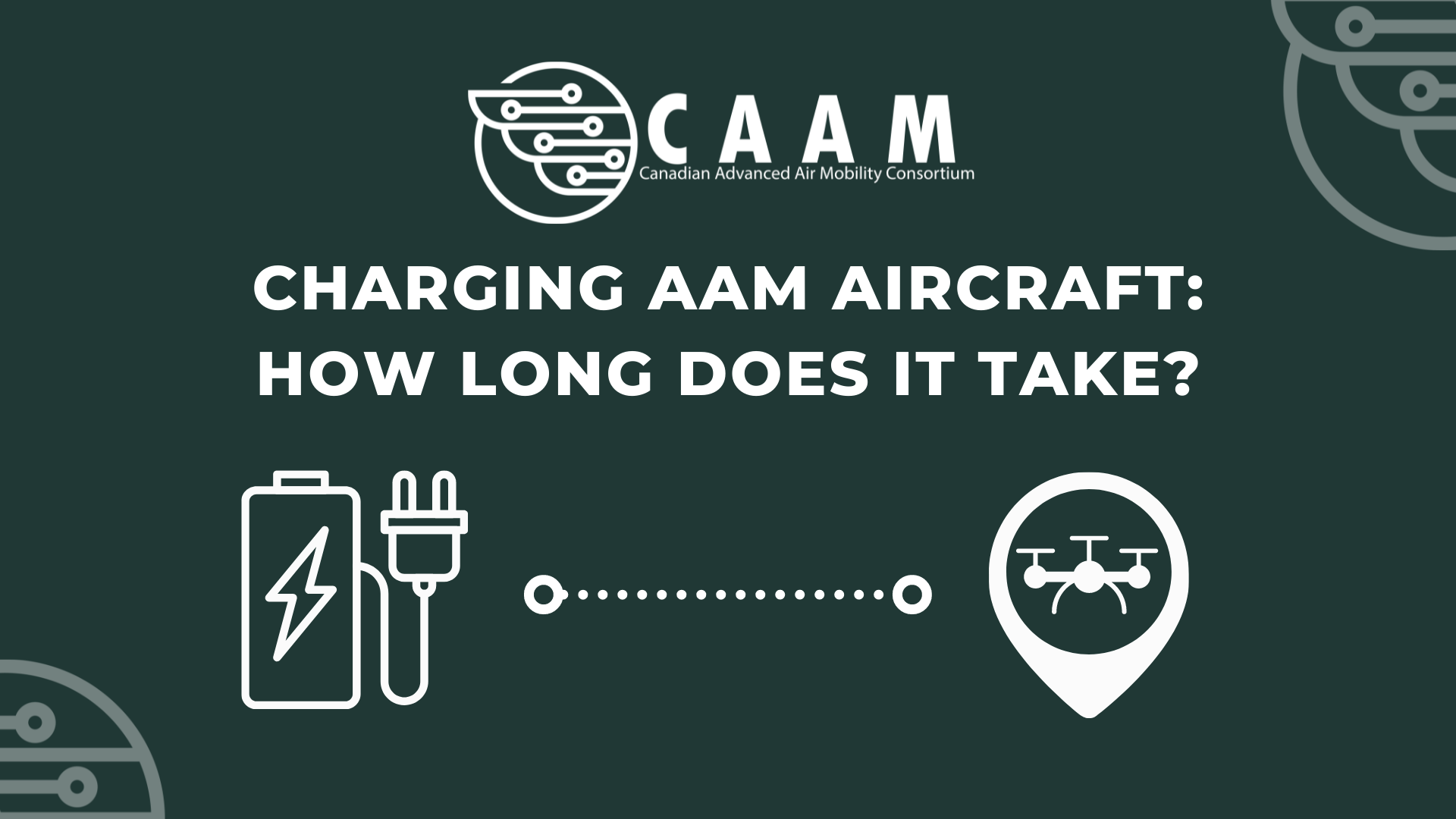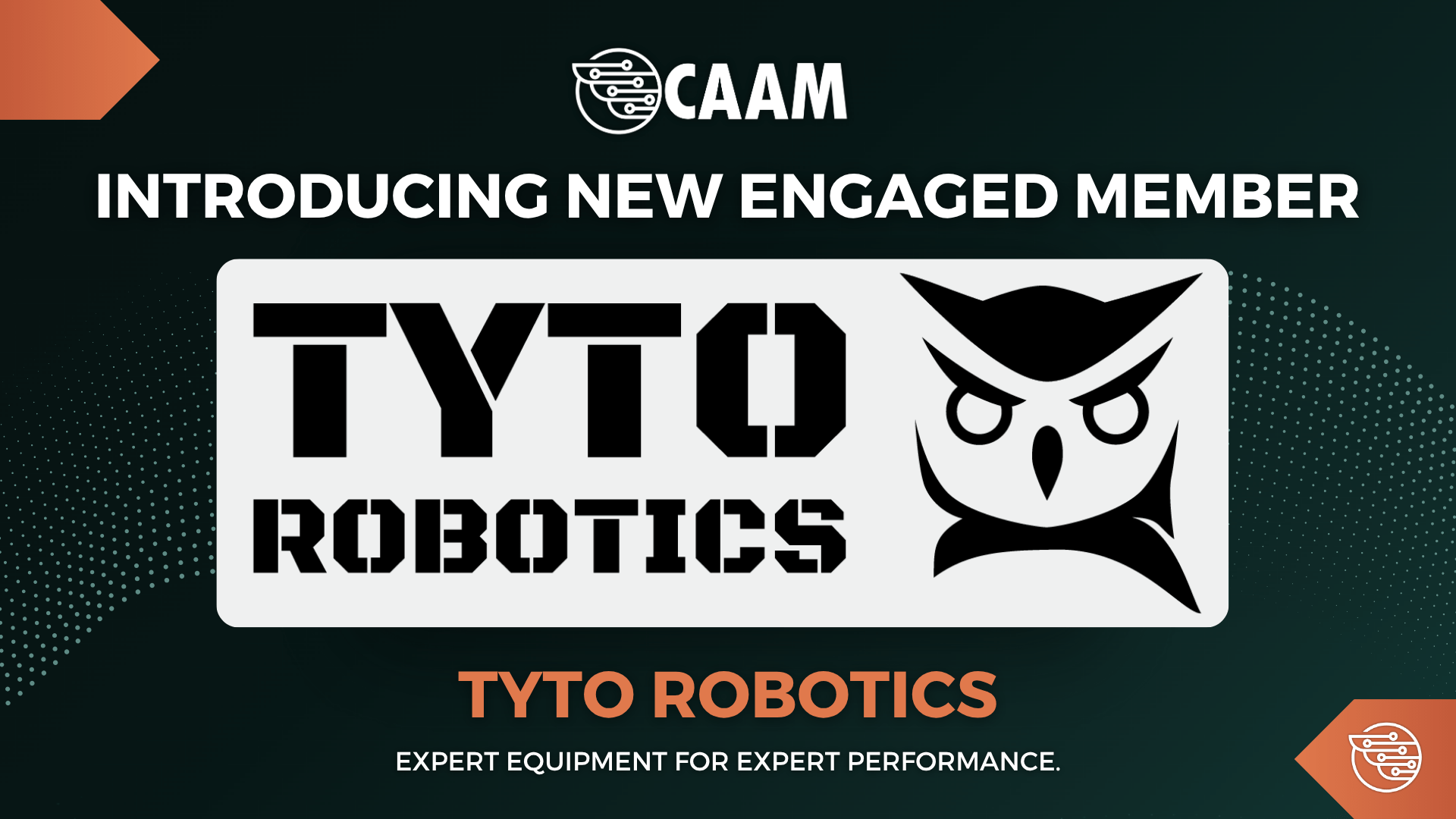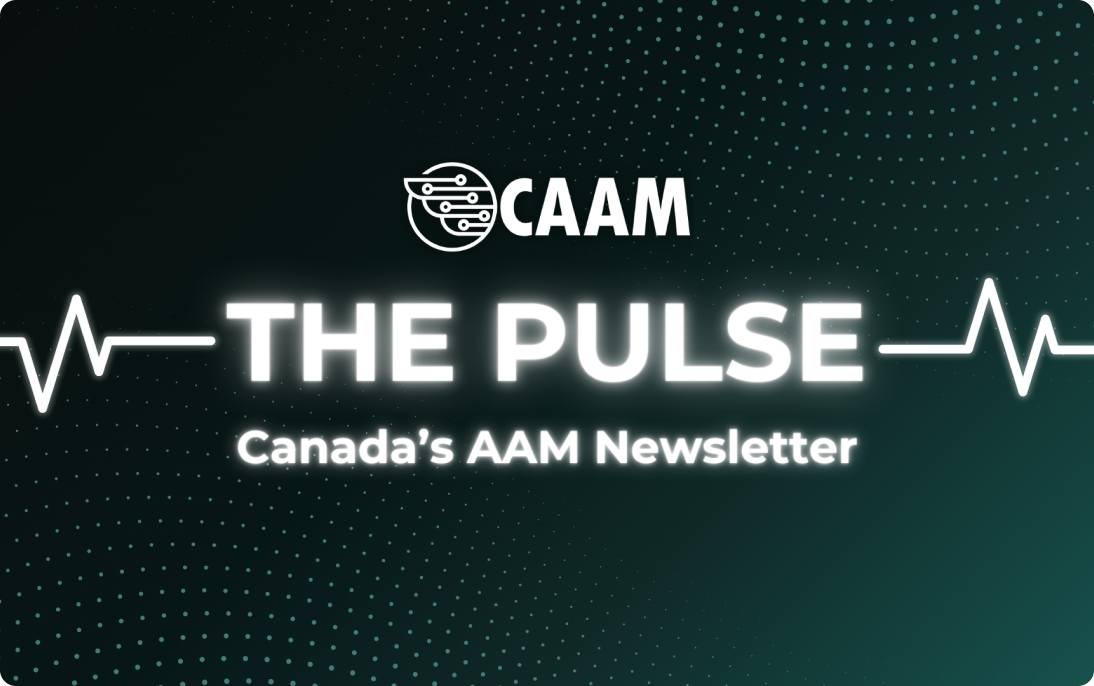 One of the first questions that pop into mind when discussing any electronic device is, “How long does the battery last?” And a second question arises, “How long does it take to charge?” Usually, people know how long a cellphone battery lasts, and they also have a pretty solid guess regarding EVs. But what about an aircraft? How long does it last, and how long does it take to charge?
One of the first questions that pop into mind when discussing any electronic device is, “How long does the battery last?” And a second question arises, “How long does it take to charge?” Usually, people know how long a cellphone battery lasts, and they also have a pretty solid guess regarding EVs. But what about an aircraft? How long does it last, and how long does it take to charge?
How does ‘charging’ work?
Before answering the questions, you need to see this straightforward formula: Wattage, or power, is calculated due to current (A, or amperes) multiplied by voltage (V, or volts). Current is the amount of electric current transported (how much your luggage weights), while voltage is the force driving this current forward (the aircraft you’re travelling). Thus, 4A/6V charging will deliver 24W of power.
Fast-charging is nothing more than increasing the wattage to speed up the charging process. It allows a cellphone to reach around 80% in roughly one hour and an EV to get about 320 km in approximately the same amount of time.
There are three general types of electric car charging: Level 1 (a regular old 120-volt three-prong power outlet), Level 2 (a 240-volt power outlet or car charger), and Level 3 (a “fast-charging” station). Here’s a rough estimate of how many miles you can get at each type of EV charger:
- Level 1: About 5 miles of added range per hour of charging
- Level 2: About 25 miles of added range per hour of charging
- Level 3: About 200 miles of added range per hour of charging.
We can answer the initial questions now that we understand how charging works and how quick fast charging is.
How long does it last, and how long does it take to charge?
As seen in this article, the answer is: depends. Because Advanced Air Mobility (AAM) aircraft come in all shapes and sizes, from small Remotely Piloted Aircraft Systems (RPAS)—or drones—to Conventional Take-off and Landing, it’s hard to put an exact number—imagine someone asking what’s the fuel capacity of a vehicle, the answer will depend on whether talking about a motorcycle, a small car, a pickup truck, a truck, etc. But to give tangibility to this article, we’ll use Harbour Air’s partner H55 electric batteries, or EPS (electric propulsion systems), as an example.
In partnership with magniX and H55, Harbour Air plans to transition its entire fleet to electric airplanes in 2022.
H55’s Single Engine Dual Battery Pack System lasts 90 minutes, and it takes 60 minutes to reach full charge. Those are pretty good and solid numbers and show why Harbour Air is heavily investing in retrofitting its fleet. As an airline that focuses on Regional Air Mobility (RAM), 90 minutes is more than enough time to reach its multiple destinations. Additionally, the 60-minute charge time is excellent because the aircraft will have fully charged batteries between taking-off and landing, which means no waiting time. H55 also develops Modular Battery Packs, making the recharging process as simple as changing batteries from a fire alarm.
How about longer flights?
For RAM, 90 minutes is a fantastic time. But not all flights last one and a half hours; there are longer, way longer ones. So what’s the alternative? For intercontinental flights, the option is hydrogen. But for continental flights, there are three alternatives.
The first alternative is hybrid aircraft, which combines fossil fuels and electric batteries. It’s not the ideal long-term solution environmentally, but it’s better than only using fossil fuels.
The second alternative is building airports in strategic places. The problem with this is that just because airports can be green doesn’t mean that society should make as many as possible.
The third alternative follows Electra Aero’s lead in developing “Built-in battery charging while you fly. No need for special infrastructure or having to wait on the ground for a recharge.” The problem with this solution is developing new technology and mass adoption, primarily to ensure everyone’s safety, and regulation tends to be on the complicated side.
As of right now, AAM has no perfect solution regarding lengthier trips. But that’s not a reason to give it up. Harbour Air’s first eBeaver flew in 2019, and the flight lasted a couple of minutes only; in 2022, they’re aiming to retrofit the entire fleet and do all their regional flights on batteries. That’s a gigantic leap in a very, very short amount of time. It’s essential to keep that in mind because technology advances faster and faster. Soon, batteries will last more than 90 minutes, while charging will take less than 60, which will open new alternatives and solutions to lengthier flies.
In conclusion, it may seem that batteries will always limit the number and length of the trips, but the reality is the opposite. Today we’re in a better place than yesterday, and tomorrow we’ll be better than today. The future may seem distant, but we’re already living it in reality.
By Giovani Izidorio Cesconetto



